Months ago I, along with others, wrote about St. John’s Episcopal Church’s request to demolish two 1920s era buildings, which they own, adjacent to their church. Presumably it would be for parking or access to parking, though they haven’t been clear on that point. The buildings are ninety years old and in need of repair, though their condition is the responsibility of the same owner who wants to tear them down.
Much of the block has already been demolished for use as parking by the church. A block and a half away sits a large parking garage that allows free parking every Sunday. That, apparently, is too far to expect their parishioners to walk.
I first wrote about the issue in November of 2011. The church requested permission to demolish the buildings from the Downtown Design Review Board. Kim Trent and Knox Heritage requested, with the consent of the church, that the issue be delayed to see if something could be worked out. According to Jack Neely, the efforts led to this offer: “a prominent preservationist developer has proposed an alternate use of the buildings as residences, by a plan that could be profitable to the church.”
Apparently not to be satisfied with anything less than a pile of rubble and parking stripes, the church rejected the offer and finally, last month, pressed the request with the Downtown Design Review Board. They voted 3-2 to reject the request. The two dissenters seemed to fell that, while tearing the buildings down is a bad thing, the Downtown Design Review Board has no power to stop them.
This led to an appeal to the Metropolitan Planning Commission, which will be heard today at 1:30 in the large assembly room in the City County Building. The common wisdom is that the demolition will be approved, making this the, “first intact pre-war buildings demolished downtown in more than eight years” according to Jack Neely. Eight years ago would be when the Sprankle Building was demolished by Home Federal in order to build a grand structure. You may know it as the massive parking lot across from Nothing Too Fancy, Tree and Vine and Casual Pint.
Why does this matter? Consider this example of what is and what could have been: Yesterday I talked about the excavation of the parking lots on Locust Street across from Chesapeake’s and Kendrick Place. Thanks to demolition over the years, this is what it looks like today:
If we had respected our buildings the view of this block would be quite different. Thanks to my friend and reader John Weaver who writes the excellent blog Knoxville Lost and Found, and the Thompson Photograph Collection at the Knox County Public Library, we know what the block could have looked like. What it did look like sometime in the 1930s:
So, which would be better, to walk from Chesapeake’s or Kendrick Place and cross the street into a parking lot or to confront a vibrant block that included, according to John, the home of Mayor Kern, a grocery store, homes built in a similar manner to the Glencoe and a small hotel? Apparently someone decided it would be better to have parking lots. Are we going to continue making the same horrific decision?
Please attend today’s meeting. I spoke to Kim Trent of Knox Heritage and she indicated that the presence of people who are opposed to the demolition might make a difference. It is uncertain if I will be able to attend, but I would love to think that any of my readers who work downtown and could walk over would do so. I would like to think that some of the rest of you would make an effort to get downtown for the meeting. I would think there have to be members of this congregation who oppose this and I would hope you would attend. This matters and speaks to the soul of the city we want to be.

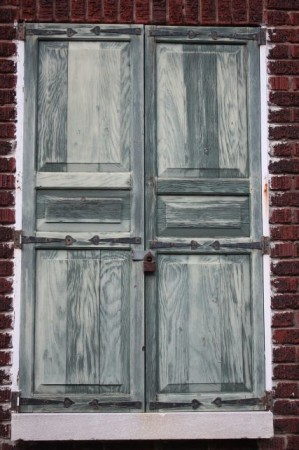
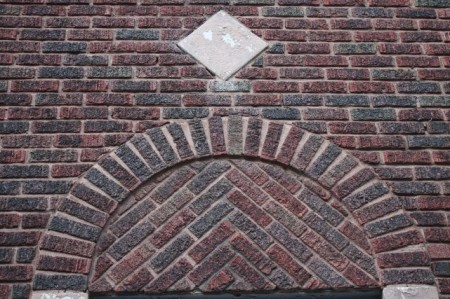


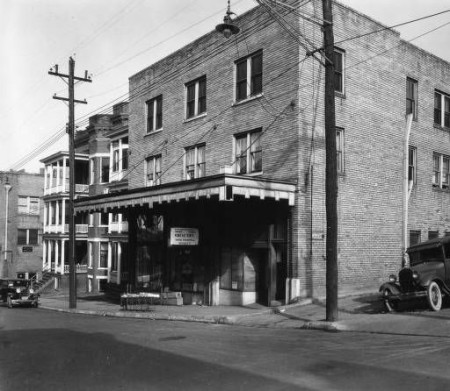

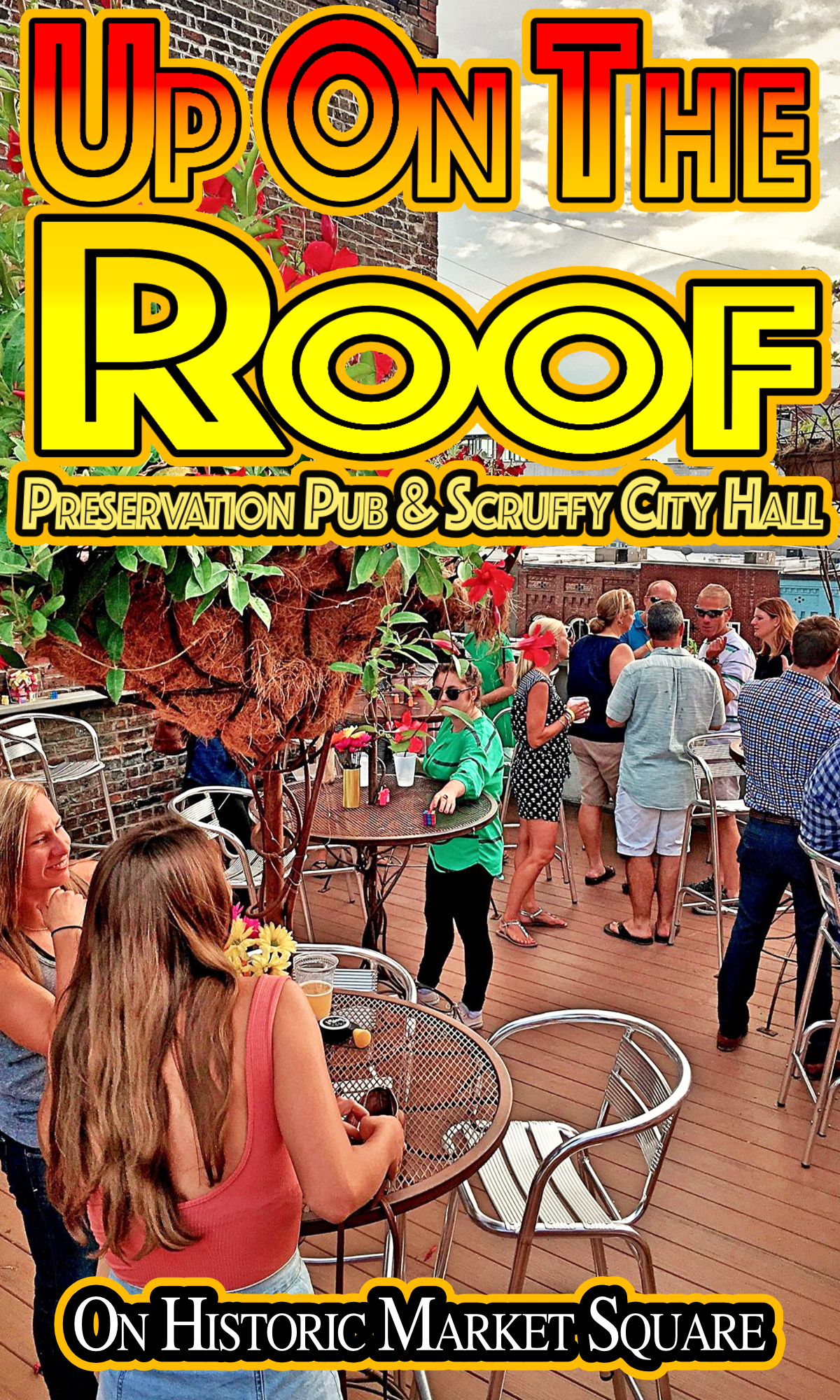





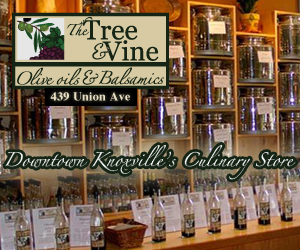


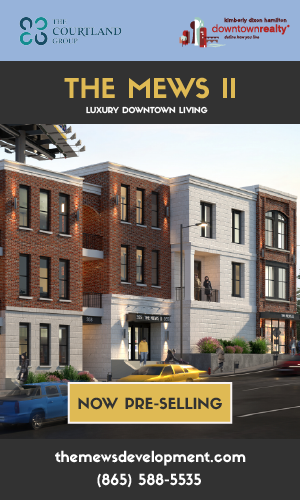







It would be a shame to demolish those structures. My wife and I just move off Washington pike on Glenview. Built in 1920. We moved from Farragut to be closer to downtown. Thanks for your voice!!!
Anyone know what came of this meeting? Can’t believe this idea is even being entertained in 2013.
It’s not good news, Trevor. I’ll have a post up just after midnight that gives the details.
Thank you so much for being there today Urban Guy! It meant the world to me.
I realized I couldn’t be anywhere else. I was proud to stand with you.
Thank you for sharing the link to the petition, UrbanGuy. We’ve got over 100 signatures so far. I really hope that the church will pay attention.
On it.
I’ve been asked to add a link to a petition that has just started: http://www.change.org/petitions/st-john-s-cathedral-stop-the-destruction-of-710-and-712-walnut-street
I’d say the congregation doesnt care and prefers more parking. They suck if this is true.
I’m curious if anyone knows the process St. John’s used to come to their decision to remove the buildings, specifically if the congregation as involved.
I don’t know the process for the Episcopal Church. In some denominations the congregation would have power, in others not so much. Honestly, the congregation may be the only hope these buildings will have after today.
Given their similarities to Roman Catholic, I would assume the Bishop plays a key role in this process. They likely have a steering committee of sorts that looks for maximizing campus space, and makes recommendations based on whatever factors they are confronted with at the time. My guess is the congregation will be made aware in a town hall type meeting of other parishioners, but otherwise has little involvement in the decision making process.
If in fact this is just to resolve parking issues via another tremendously wasteful surface lot, then it’s really a shame. I would love to have one of those buildings to renovate into a fantastic home, as I’m sure many others would.
I’ve attended MPC meetings in the past to protest, and found it to be an exercise in futility. They will listen to what you say, but in my experience when you done the gavel falls, and it’s done.
Seems strange these buildings haven’t been marked as protected due to their historic value.